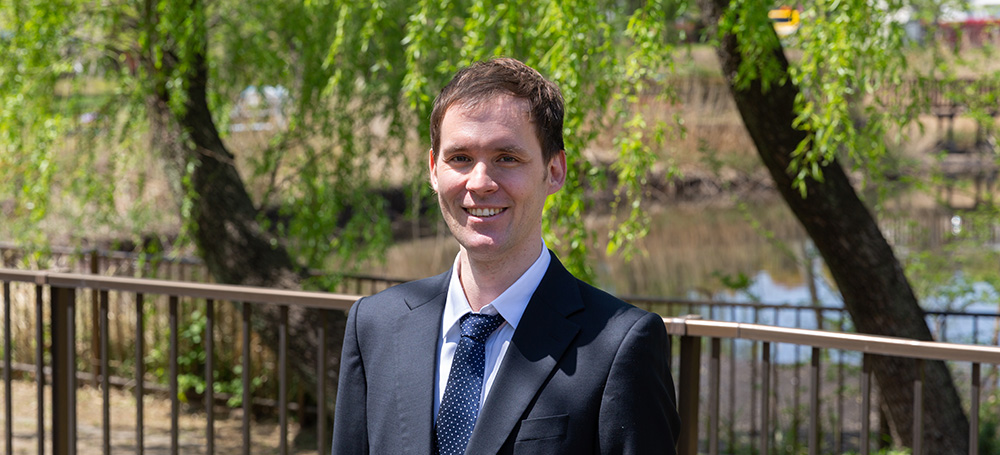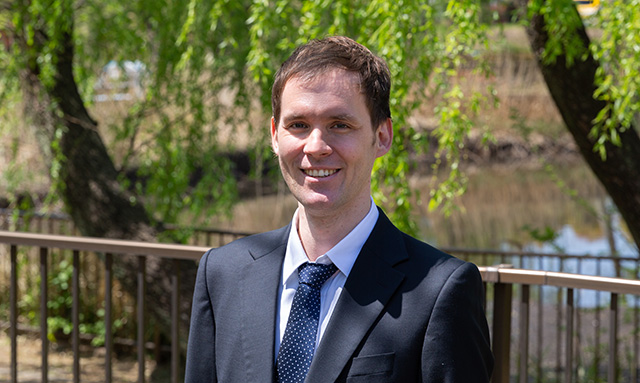Digging for meaning in brain data
Jun. 17, 2019
Amanda Alvarez


Trendy research areas—think computer vision for driverless cars—may be attracting lots of scientific buzz, but Henrik Skibbe is steering in a different direction. “People avoid cumbersome areas like biology and medicine because the rewards may not be obvious. The data are challenging, but there is a huge need for biomedical image analysis.” Skibbe’s mission as the head of the new Brain Image Analysis Unit is to make brain images more useful with tools, software and machine learning algorithms. “This kind of work is interdisciplinary and applies to any image processing task, from human MRIs to microscopy of zebrafish embryos,” says Skibbe.
Big, beautiful, high-quality images of the brain are generated every day in labs and hospitals around the world, but the bottleneck to understanding and using them comes with the analysis. “In the past, it was possible to do this manually,” explains Skibbe, “but this is slow and can introduce biases. My position is in between, making the data more usable by connecting it with computation.” This may mean coordinating data collected through different methods, like MRI from one lab and microscopy from another. Even data from individuals of the same species may require alignment and registration, which fits well with Skibbe’s background in pattern recognition and machine learning. “Brain data are beautiful. Research can be art and requires inspiration and creativity.”
He had not planned to pursue a PhD, but found himself working on methods for processing MR images during graduate school in Freiburg, Germany. “My most important resource both then and now are the people who are long-term supporters. Having people who share your interests and believe in what you do is so important and inspiring.” Having already spent a year as an exchange student in Japan, Skibbe applied to do postdoctoral research at Kyoto University. He spent six years there, analyzing neural structures in Drosophila and marmoset monkeys among other projects, before joining RIKEN Center for Brain Science in 2019. “I already had close collaborators at RIKEN and I’ve been lucky and learned a lot from them. Sometimes your thinking can be constrained by your tools or what you think is available, but just by seeing what is possible, your collaborators may put more effort in. If I can do something that inspires them, it’s a kind of cyclical improvement where you push each other.”
Though he doesn’t work in the area of simulation, Skibbe would like to see brain science converge on simulating a brain, “where you could stop and explore in any part and see what’s happening. Current large-scale simulations are just running networks, while people have personality, experiences, memories, so it’s hard to estimate when that could be realized.”
For future scientists or anyone else trudging along the research path, Skibbe’s advice is to use your gifts. “There are many who would love to do this work but don’t have the opportunity, so if we have the chance to do something good, we should do it with all the effort and skills we can to realize it.”



